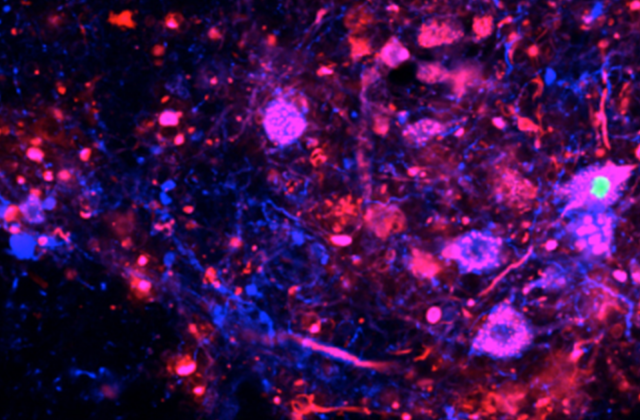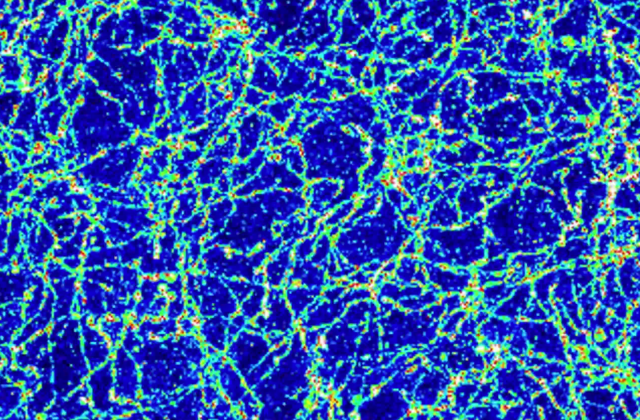Unpacking the "Aha!" moment to make better split-second decisions

How do baseball players decide how to swing at a 95 mph fastball? What do split-second decisions look like in the brain? Columbia engineering professor Paul Sajda and his lab, Laboratory for Intelligent Imaging and Neural Computing, are using electroencephalogram (EEG) to detect the brain's electrical activity during the "Aha!" moment, or the instant of recognition involved in rapid decision-making.
The Lab is applying these findings to better understand and improve situations where instantaneous decision-making is critical like when pilots need to steady a bumpy plane. When pilots have to pay attention to a critical boundary such as in landing an aircraft, they tend to over-track these boundaries, leading to pilot-induced oscillations (PIO), or bumpier and more dangerous flying.
Observing brain activity, Sajda and his colleagues found that PIOs often happen when pilots focus only on boundaries (like the dimensions of an aircraft carrier or a runway) and start to over-correct flight speed and direction. One over-correction leads to another until the pilot begins losing control of the aircraft. The Lab's findings can predict as well as better prevent PIOs by helping pilots focus on the space within the aircraft's boundaries rather than on the boundaries themselves.
Alumni of Sajda’s lab have launched businesses based on this research. Sajda’s former graduate student Jordan Muraskin founded deCervo, a company that tracks decision-making activity in the brain to help scouts identify promising baseball players. Players have less than half a second when hitting to detect the type of pitch and take a swing, making successful rapid decision-making essential to their performance. See this New York Times article about deCervo.
The implications of Sajda’s work, however, extend beyond the runway and the ballpark. Understanding basic neural structures that process visual information, Sajda has built brain-computer interfaces to search through large amounts of images more efficiently. This holds promise for better reviewing surveillance tapes using facial recognition and for screening visual medical information like X-rays and MRIs. Learn more.
Make Your Commitment Today



